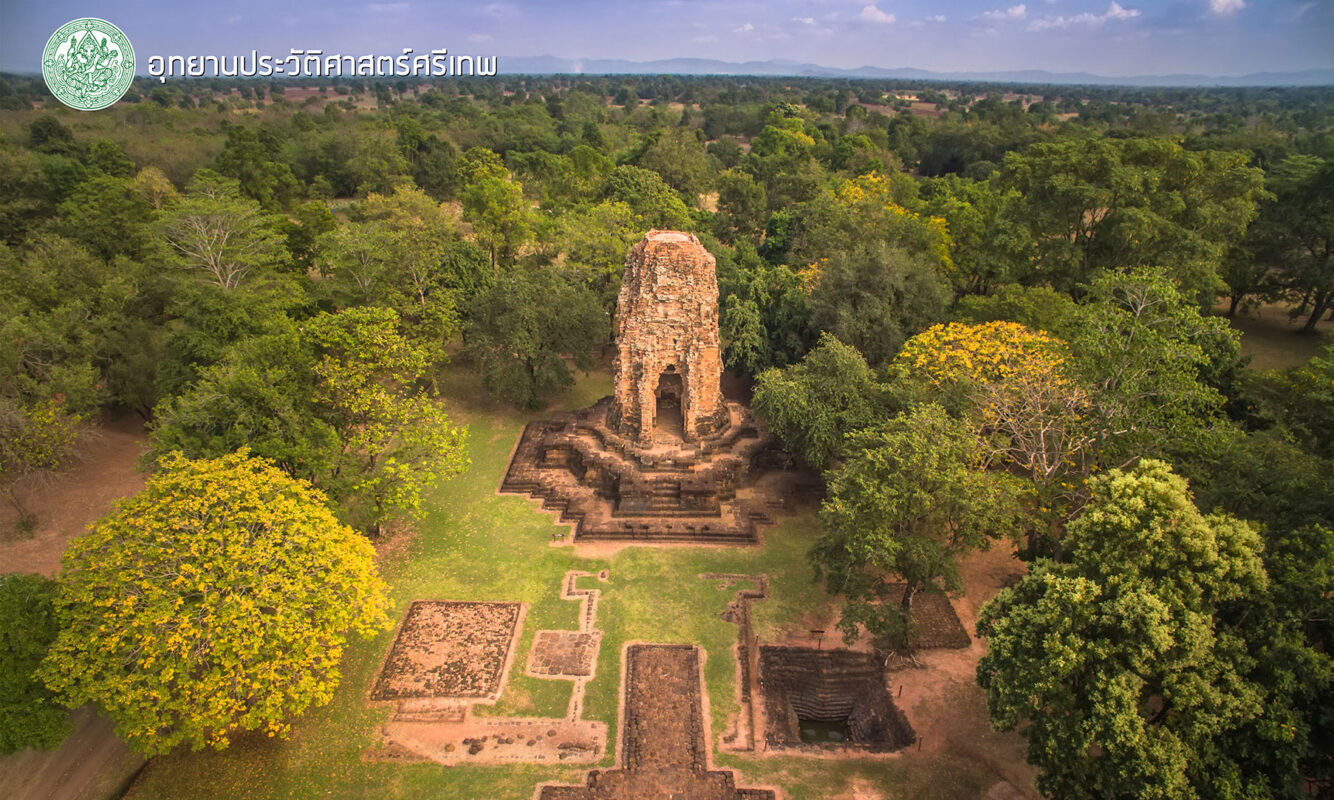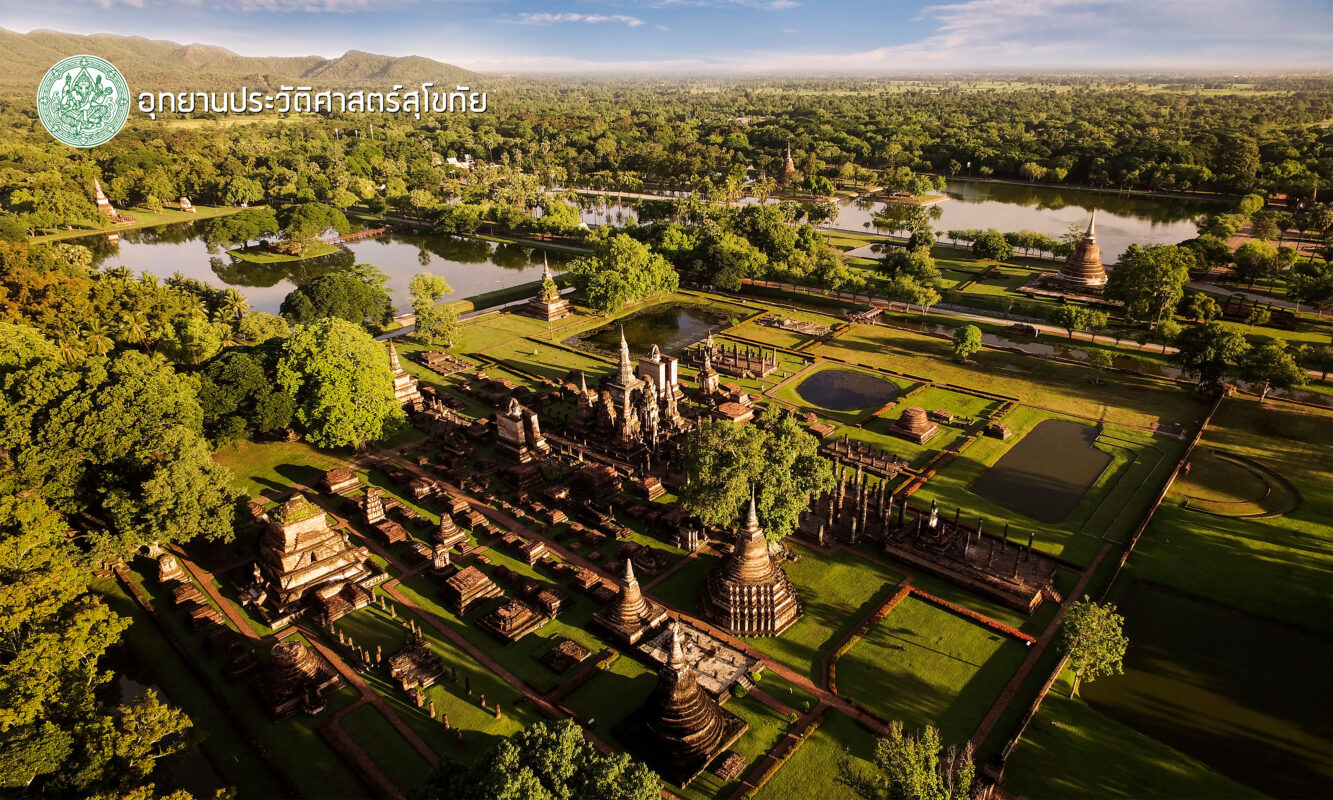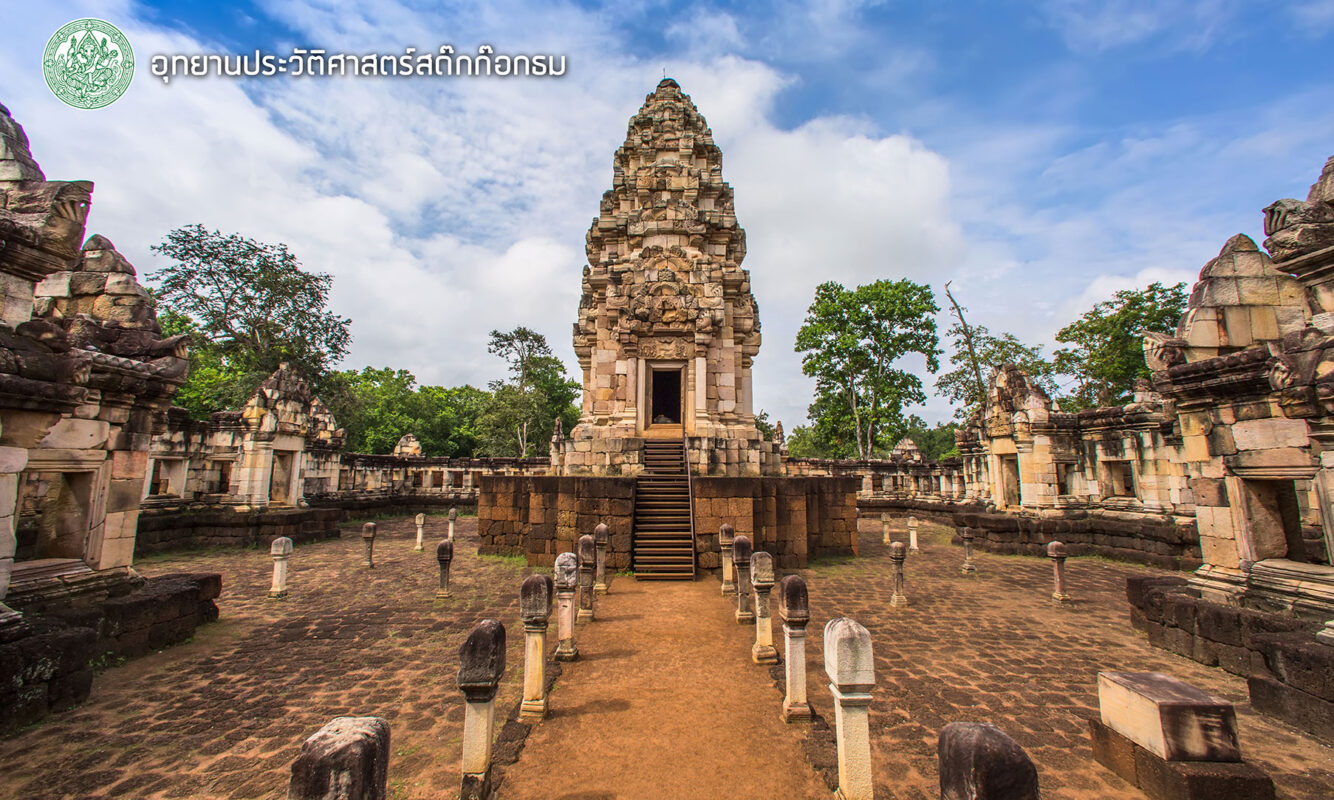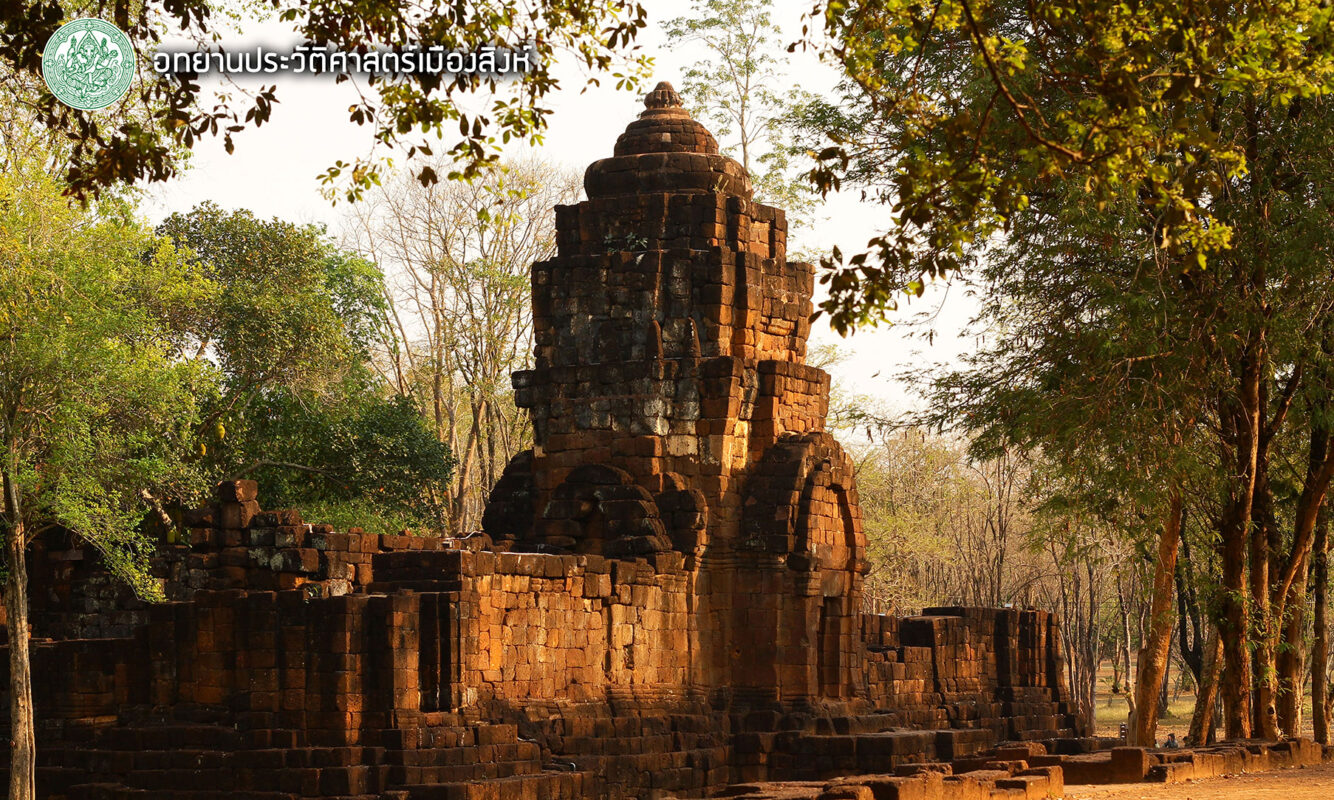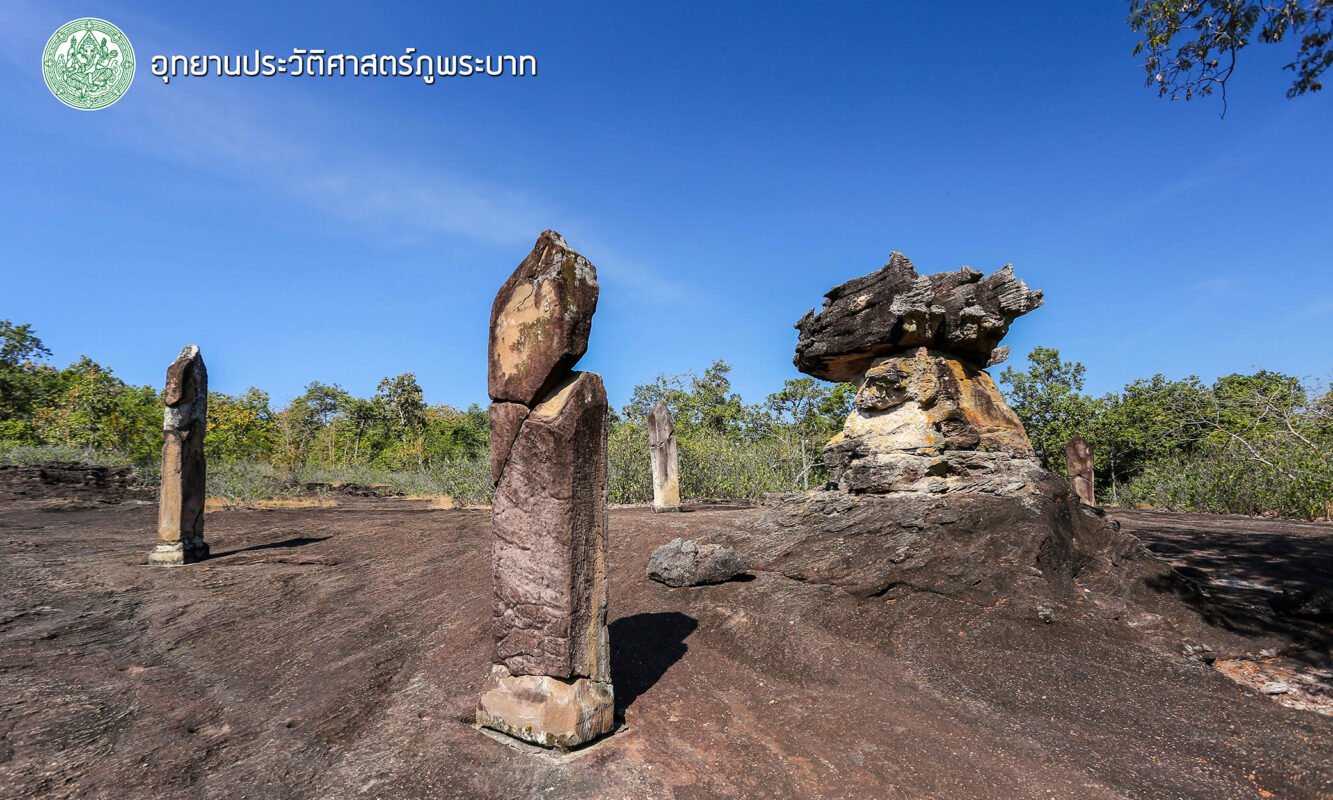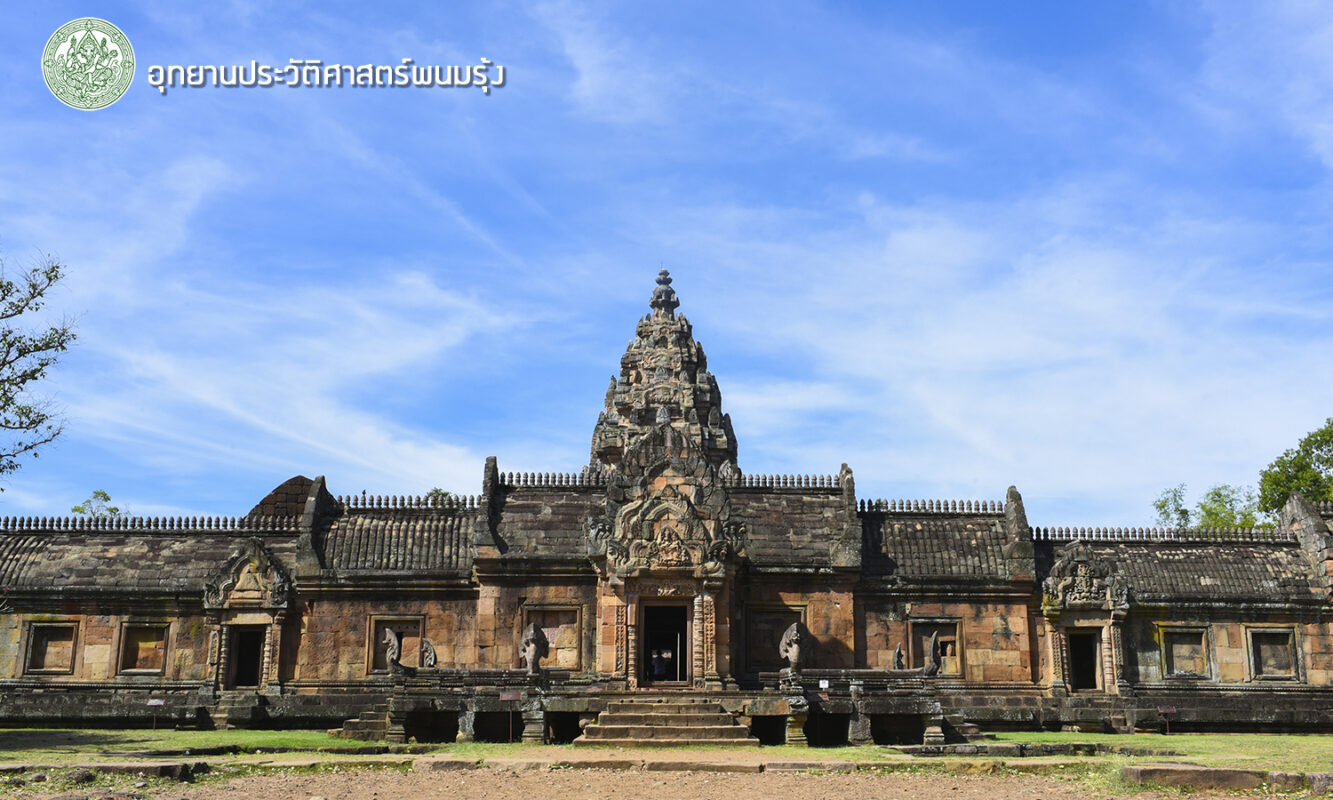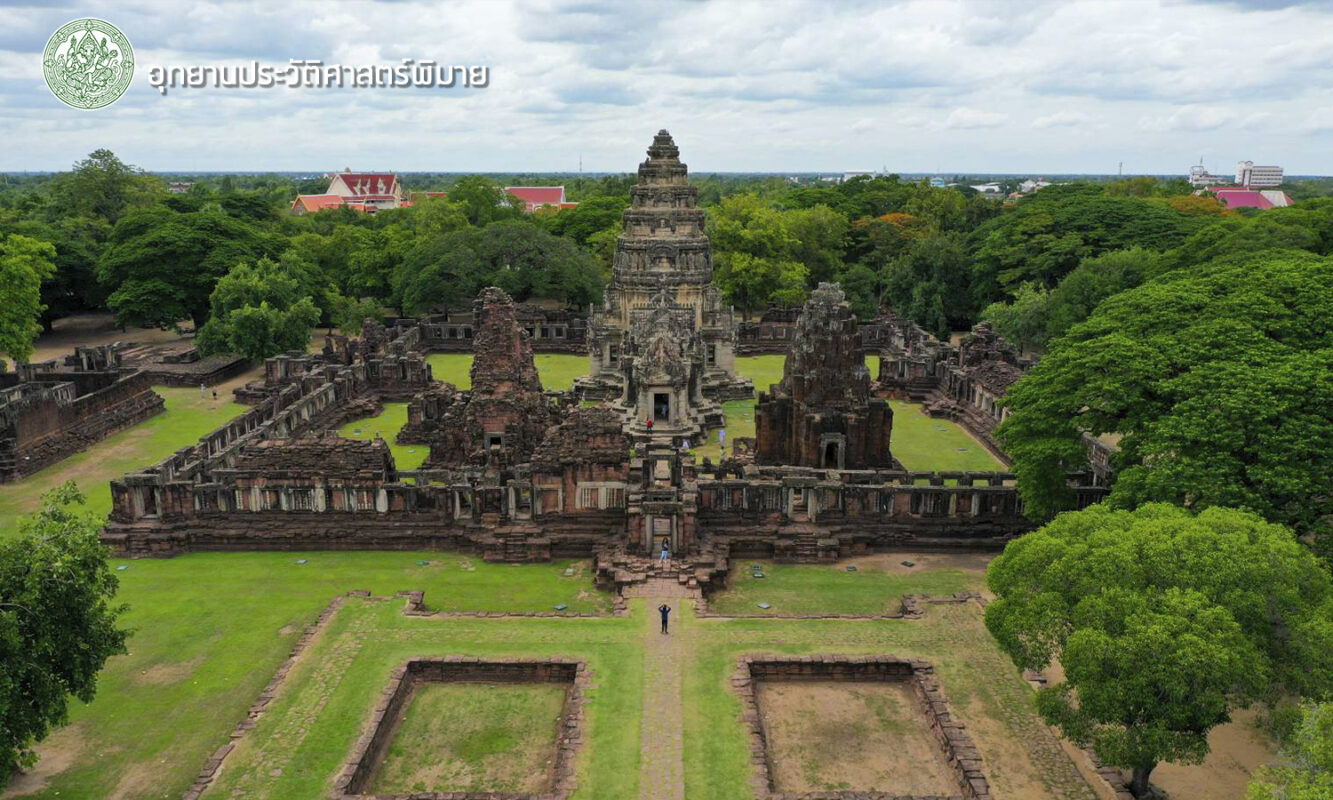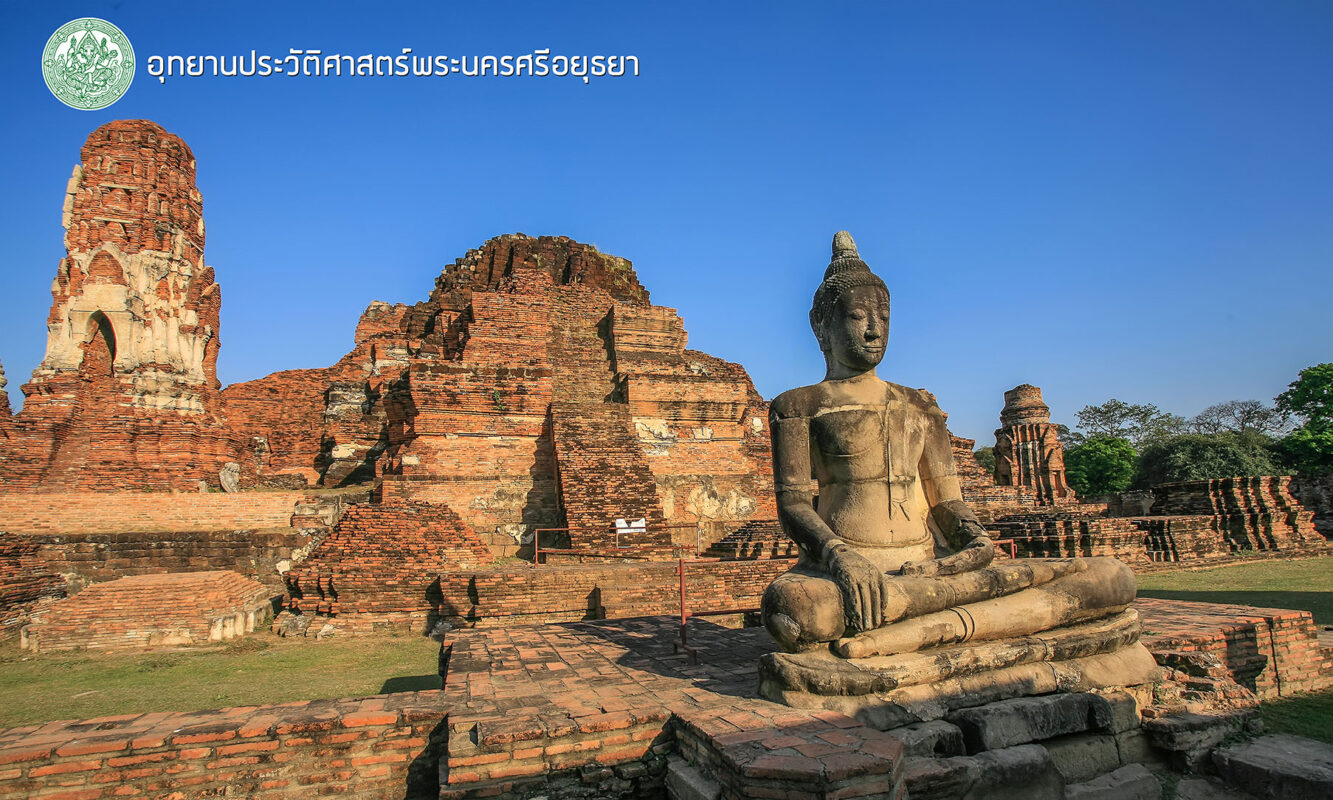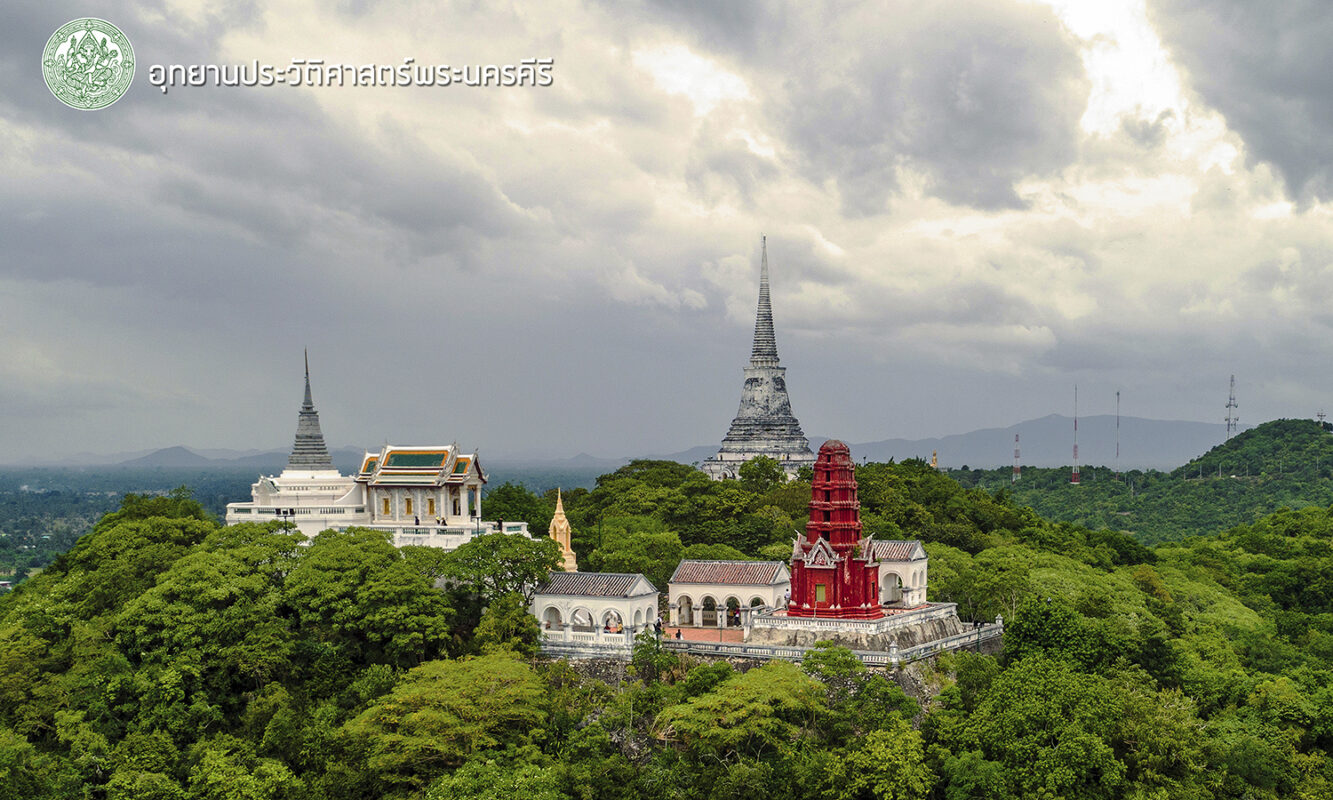The depicted icon is inspired by decorative stucco sculptures – dwarf figures pretending to bear the huge structure of Khao Khlang Nai Stupa in Sri Thep Historical Park. This stupa belongs to the whole complex of the Dvaravati place of worship at the centre of the ancient city constructed in the 7th Century AD in approximate. The religious complex, too, manifests how Dvaravati culture was integrated with the indigenous one.
Monthly Archives: March 2024
The depicted icon is inspired by King Ramkhamhaeng the Great’s Stone Inscription,
The depicted icon is inspired by a Thai letter “ส” (So Suea) derived from the name Sdok Kok Thom (meaning “a huge stone temple surrounded by a mess of reeds) mentioned in the Sdok Kok Thom Inscription No.2 that lasts from Ancient Khmer Kingdom. The inscription was built in 1052 during the Reign of King Udyaditya Varman II of Ancient Khmer and belongs to the great significance of Southeast Asian Historical Studies since the lineage of Brahmins and Ancient Khmer kings are completely recorded there; this information can be traced back to 200 years. Today the Sdok Kok Thom Inscription No.2 is displayed in Prachinburi National Museum. Its information, along with other related accounts, is available in the information centre of Sdok Kok Thom Historical Park.
The depicted icon is inspired by an Avalokiteshavara sculpture in the 13
The depicted icon is inspired by Nang Usa Tower – the natural vertical stone structure built by prehistoric men
The depicted icon is inspired by eight-petaled lotus-shaped gold sheets discovered both in the garment-changing pavilion at Prasat Phanom Rung
The depicted icon is inspired by the principal corn-shaped stupa of Phimai Stone Temple Complex aged in the 11-12 Century AD
The depicted icon, the rightward-spiral conch, is inspired by the legend of Ayutthaya Founding – King Rama Thibodi I (King U-Thong)
The depicted icon is inspired by Chatchawal Wiangchai Tower, the ship-guiding lighthouse of Hat Ban Laem Beach for local fishermen. On 12 November 1861


